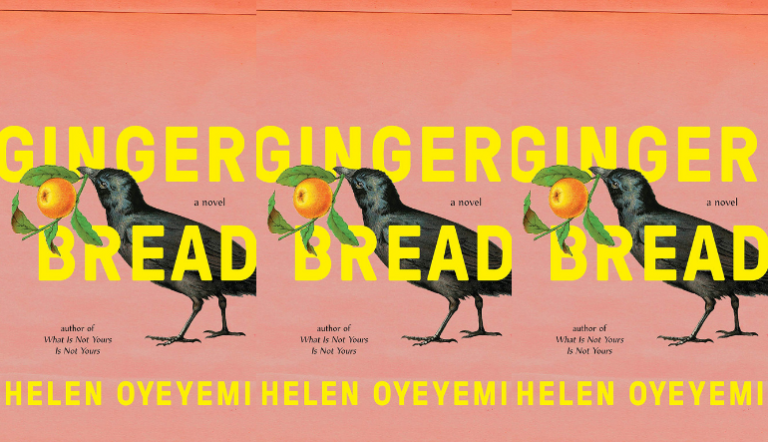
The association of all events is ruled by narrative proximity rather than cause and effect. But this logic pervades even the everyday moments of fairy tales. Most of us might immediately try to describe this logic in terms of magic: Cinderella’s carriage becoming a pumpkin at exactly midnight, or the random-feeling rules that limit Aladdin’s jinn-given wishes. There are a few different formal elements that some fairy tale scholars have described as being the sine qua non of fairy tales, one of which is strange logic.

Mutable logic flows through every aspect of Gingerbread-plot, character, and space-revealing the flexibility of structures and worldviews that we normally see as rigid and immovable.

Oyeyemi’s novel is a fairy tale not because it is moralizing, reductive, gooey, or pretty-to-think-so-it is a fairy tale because it captures the systems of the world, rather than the systems of the individual, and because it does this using the slippery and associative logic of the human mind. Not the Disney ones, of course, but not the rewrites, helpfully reminding us that “the originals are a lot darker,” either.

This is because the tradition in which Helen Oyeyemi writes is not the modern literary novel-it is the fairy tale. It’s not a book that makes sense as a modern novel stylistically, character-wise, or narrative-wise.


 0 kommentar(er)
0 kommentar(er)
